The history of the Impressionists
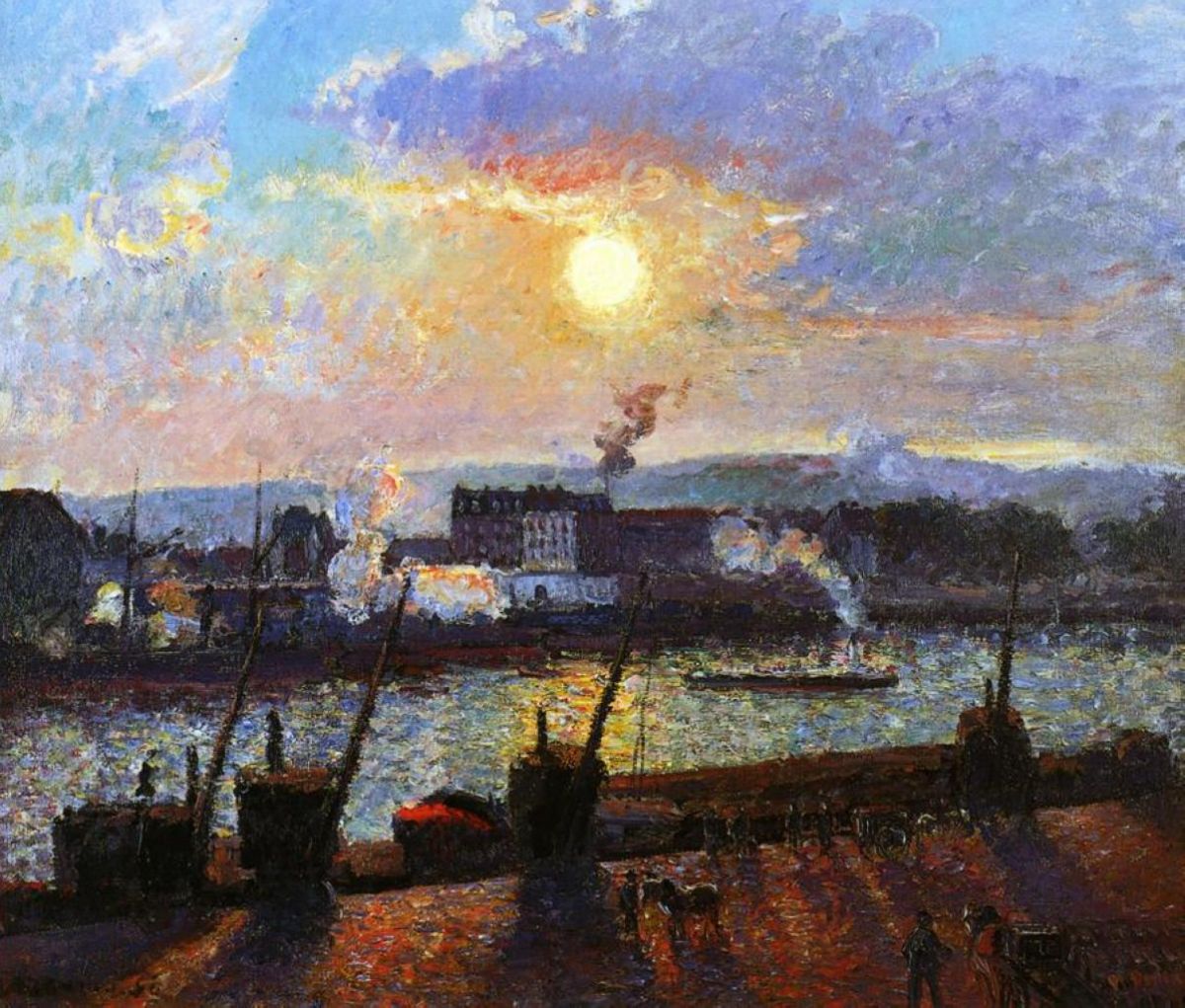
The history of Impressionism is a tale of a radical departure from tradition, a new way of seeing the world, and a revolutionary art movement that would forever change the landscape of art. In the latter half of the 19th century, a group of young painters in France began to challenge the rigid conventions of the day, setting the stage for what would become one of the most influential art movements in history.
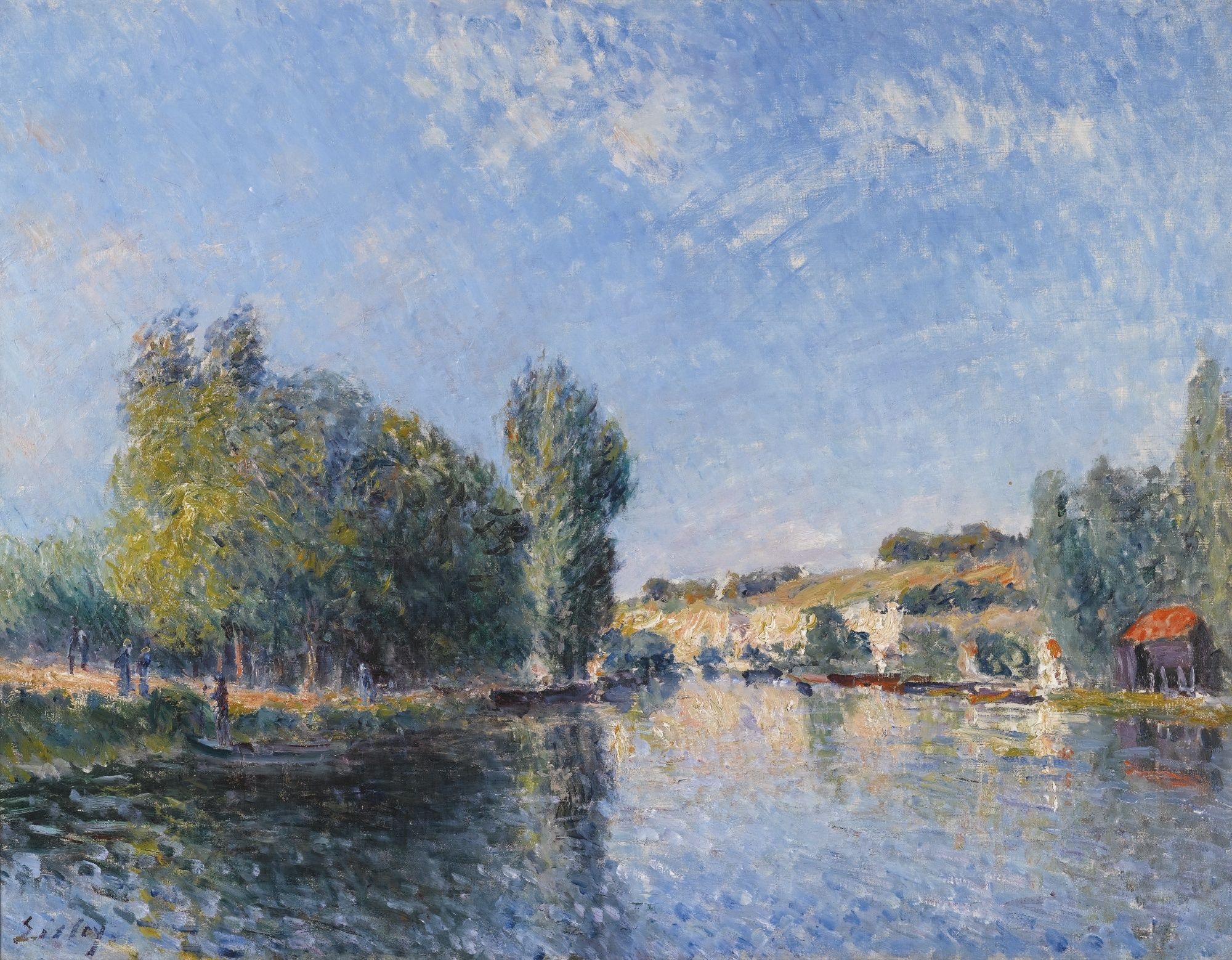
Breaking from Convention
Impressionism emerged in Paris in the 1860s, a period of significant social, political, and cultural change. The movement arose as a reaction against the strict rules and formulaic subjects of academic painting endorsed by the powerful French art establishment, the Académie des Beaux-Arts.
Traditional art at the time emphasized well-finished, highly detailed works, often with historical or mythological themes, and favored techniques that concealed brushstrokes to create a smooth, almost photographic finish. These works were regularly exhibited at the official Salon, the annual or biennial art exhibition in Paris that held the key to an artist's reputation and financial success.

The Birth of Impressionism
The term "Impressionism" is derived from the title of a Claude Monet painting, "Impression, Soleil Levant" (Impression, Sunrise), exhibited in 1874. The term was coined in a satirical review by Louis Leroy, who intended it as a term of derision; however, Monet and his peers embraced the term, and it quickly became the name of the movement that they would lead.
Impressionist artists, including Monet, Edgar Degas, Pierre-Auguste Renoir, Camille Pissarro, and Mary Cassatt, were united not by a single aesthetic philosophy but by their independent spirit and desire to capture modern life by depicting scenes of contemporary society. They sought to convey the sensations of the world around them—the light, color, and movement—rather than a detailed, fixed representation.
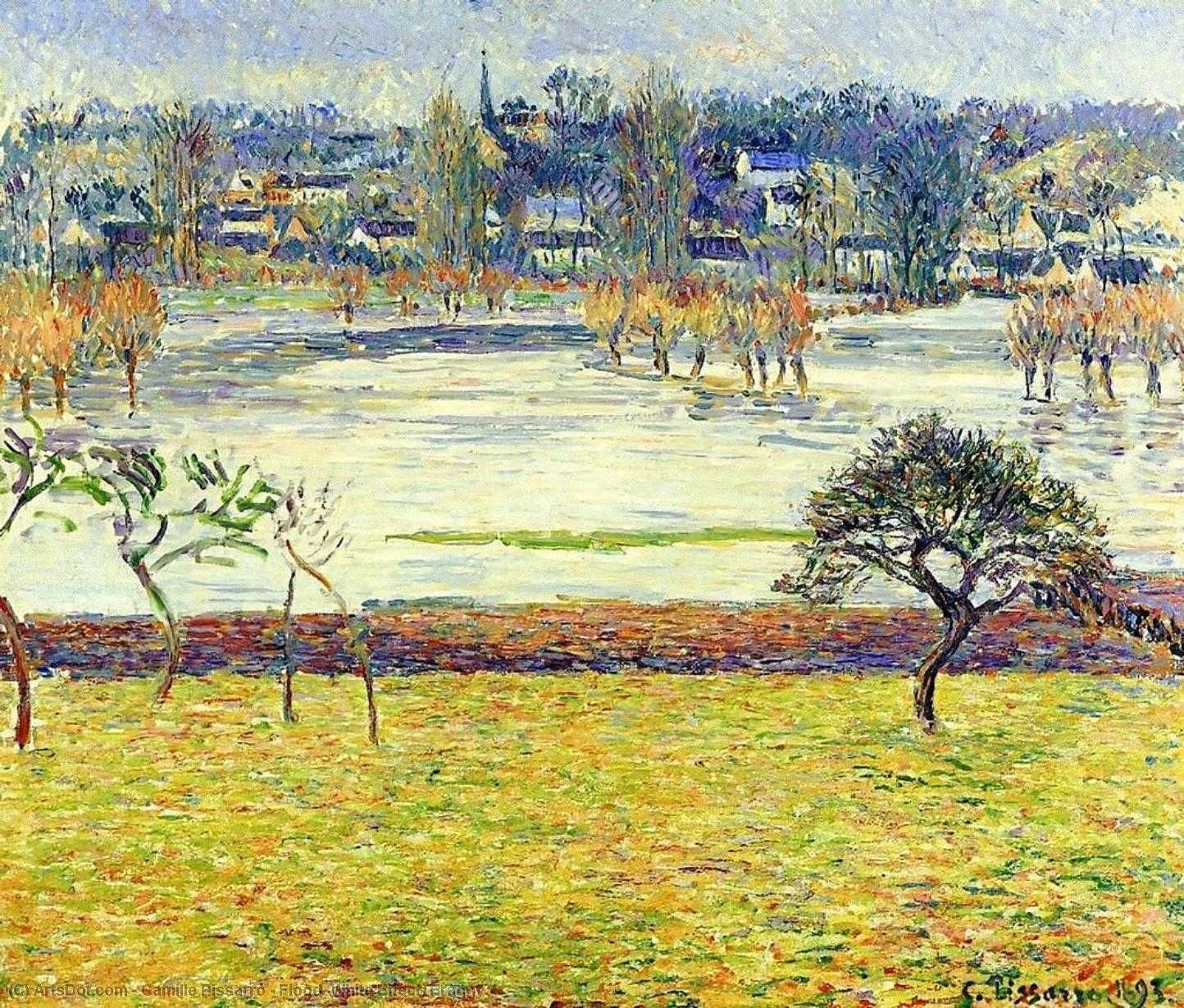
Characteristics and Techniques
Impressionists abandoned the confines of the studio, painting en plein air (outdoors) to directly capture the transient effects of light and atmosphere, which were essential to the movement. They painted with rapid, loose brushstrokes, and instead of mixing colors on a palette, they applied unblended primary and secondary colors directly onto the canvas in dots and dashes. This method of painting required viewers to mix the colors visually from a distance, a technique that caused a vibration and shimmering effect, capturing the impressions of a scene.
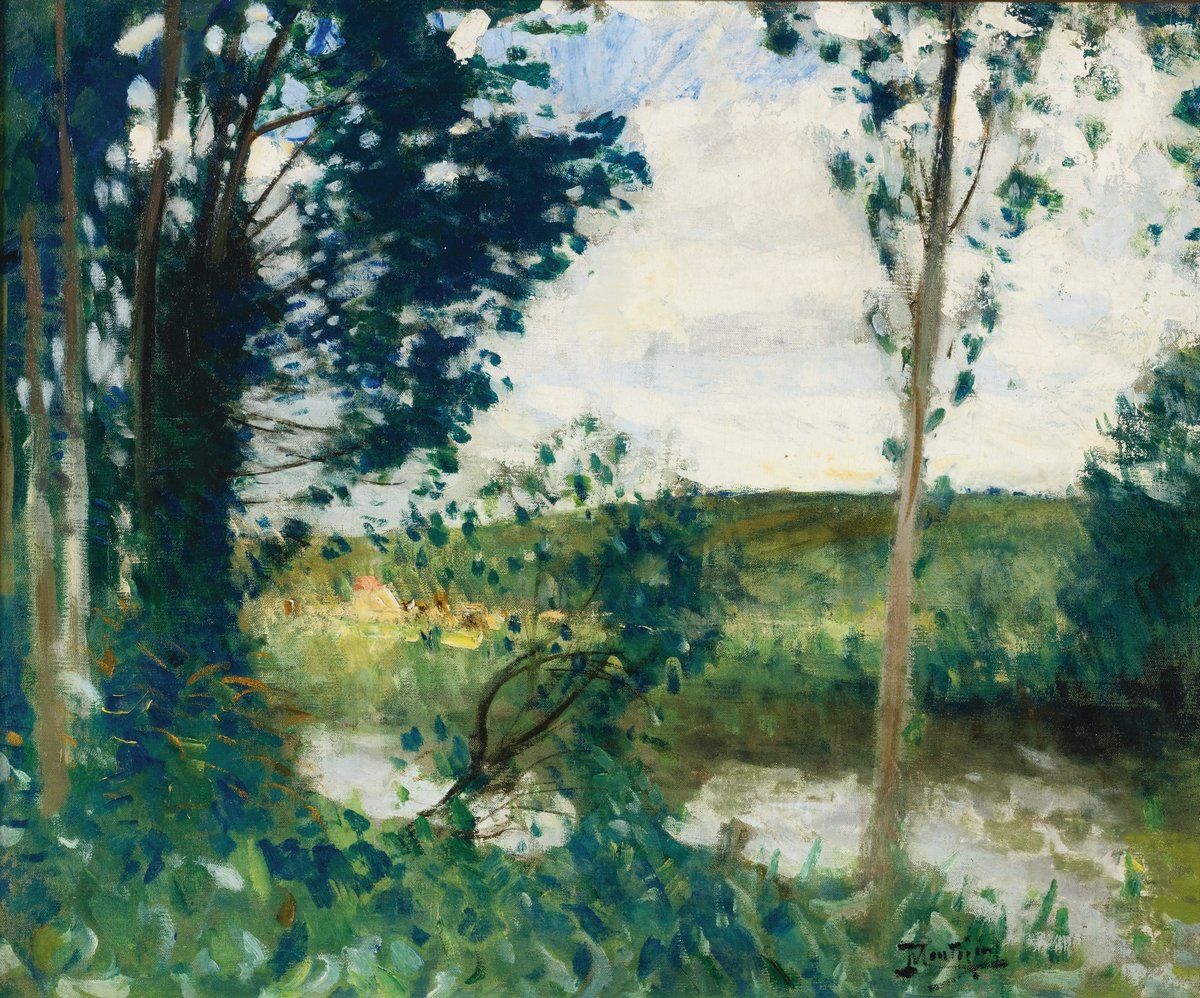
The Struggle for Recognition
The impressionists faced harsh criticism from the artistic establishment. The textures of their brushwork, the unfinished appearance of their paintings, and their unusual angles and compositions were not accepted by the Salon, leading many impressionist artists to struggle financially. In defiance, they decided to set up their own exhibitions. The first independent exhibition of Impressionist art took place in 1874 and was the beginning of what would be a series of eight shows from 1874 to 1886, which brought the movement to a wider audience.
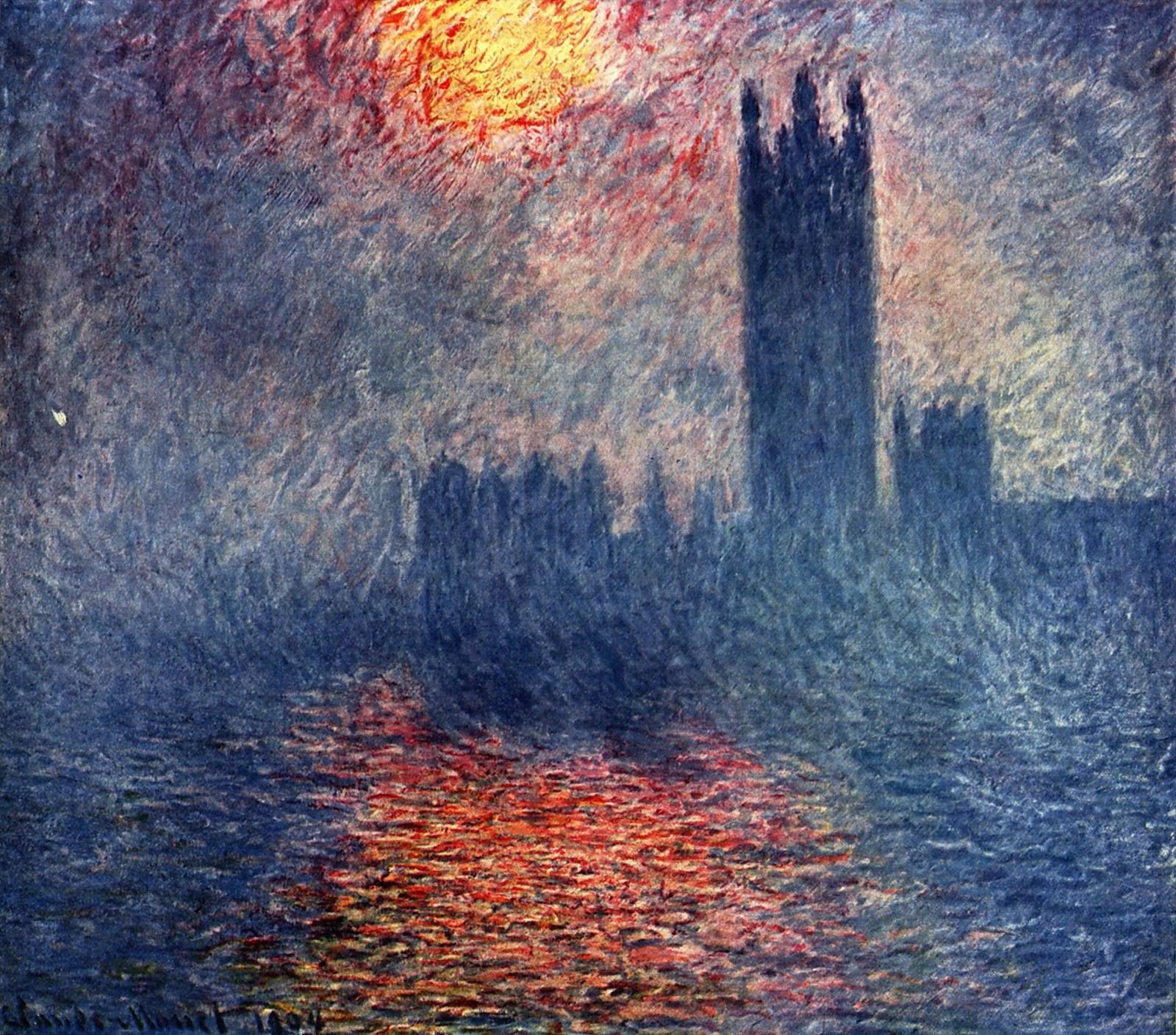
The Evolution and Influence of Impressionism
By the early 1880s, Impressionism was gaining acceptance. As its original members started to explore individual paths, it gave way to various Post-Impressionist movements. Artists such as Paul Cézanne, Vincent van Gogh, and Paul Gauguin began to develop their own unique styles, pushing the boundaries of Impressionism's focus on surface impressions. They explored more structured compositions, symbolism, and the emotional power of colors and form.
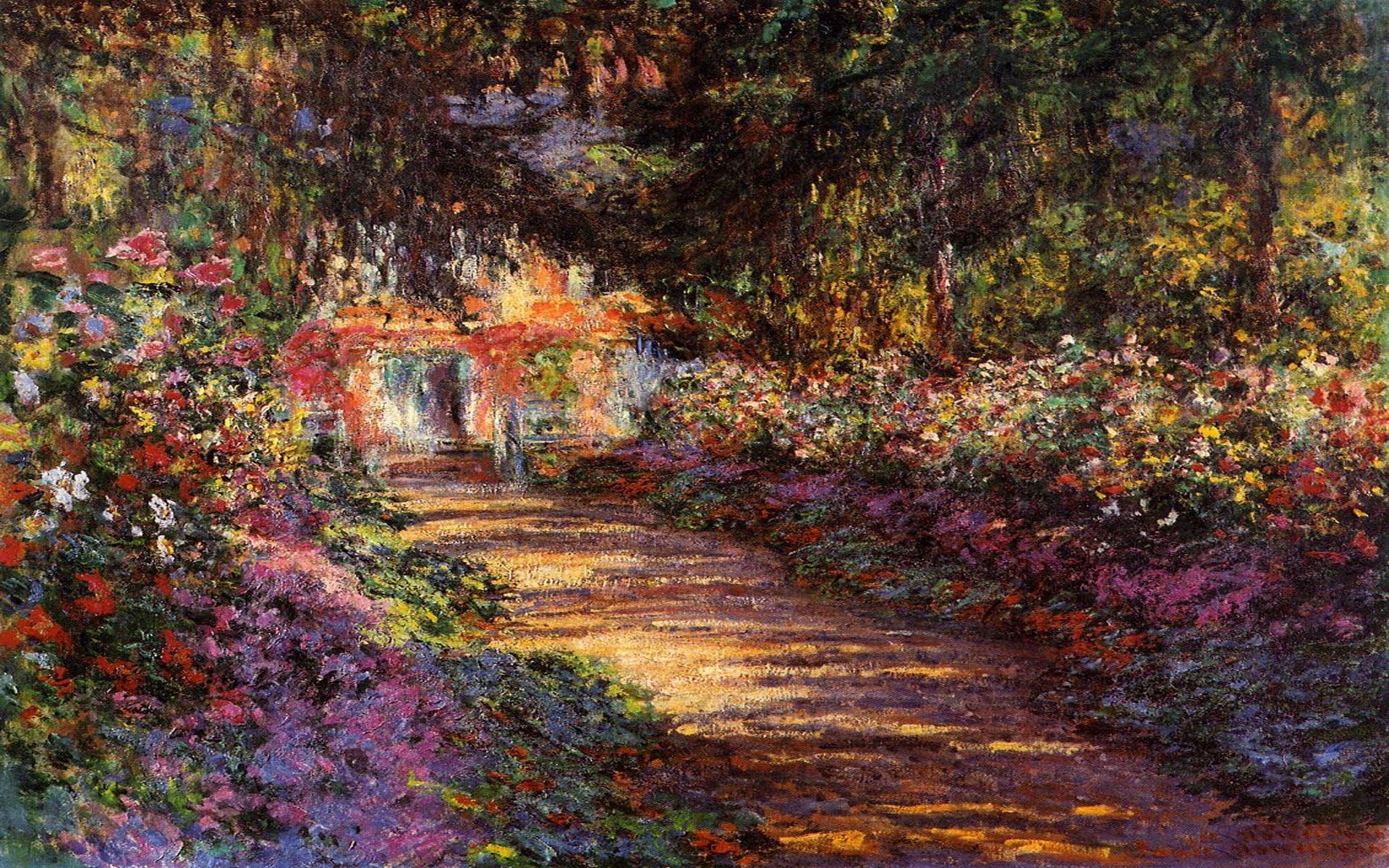
The Legacy of Impressionism
The legacy of Impressionism is monumental. It represents the beginning of modern art and set a precedent for future artists to move away from traditional methods and subject matters. The movement democratized subject matter, removing the hierarchy that valued historical and mythological subjects over landscapes and scenes of daily life. It also laid the groundwork for successive generations of artists, influencing movements such as Fauvism, Cubism, and Abstract Expressionism.

Conclusion
The Impressionists' history is characterized by an artistic rebellion, a pursuit of freshness and immediacy, and a desire to capture the feeling of a moment in time. Through their innovations in painting techniques, perspectives, and subject matter, they reshaped the art world and left a lasting impact on how we appreciate the visual world. Today, Impressionist paintings are among the most beloved and sought-after artworks, a testament to the enduring appeal of this revolutionary art movement.